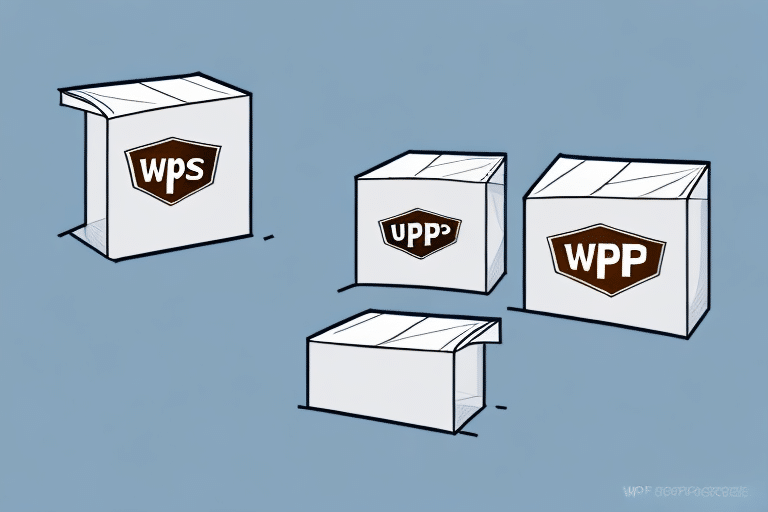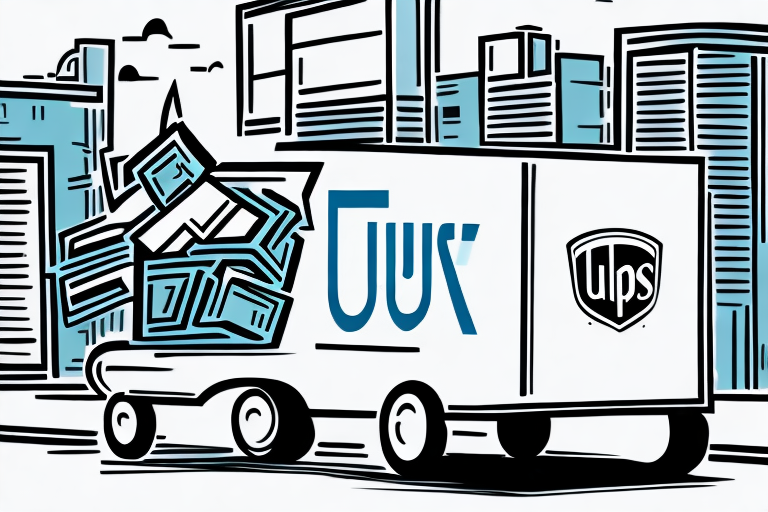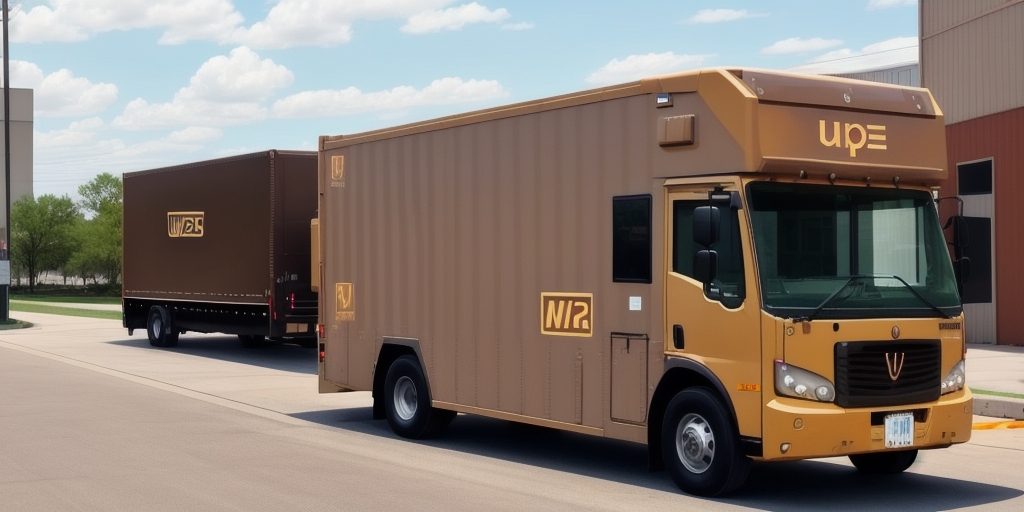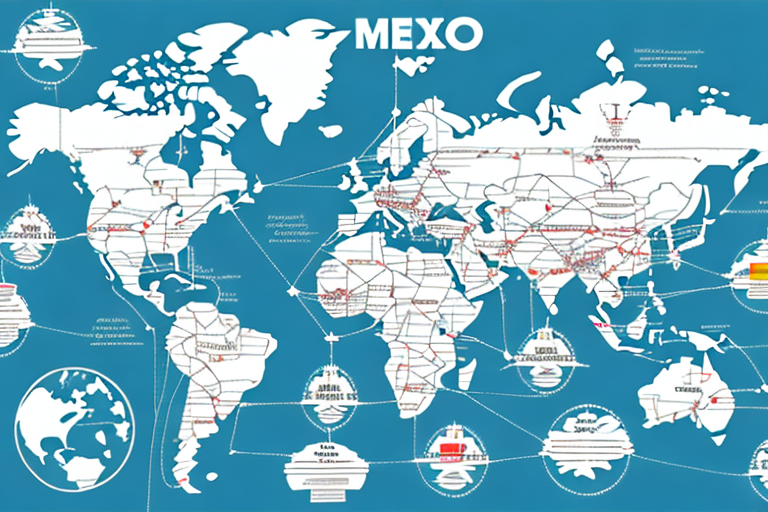Comparing UPS and USPS Rates: Which Shipping Option Is Best for You?
When it comes to shipping products, choosing the right carrier can significantly impact both costs and customer satisfaction. United Parcel Service (UPS) and the United States Postal Service (USPS) are two of the most popular shipping options available to businesses. This article compares their rates, services, and features to help you determine which option best meets your needs.
The Differences Between UPS and USPS Shipping Services
The primary consideration when comparing these two shipping carriers is the variety of services they offer. UPS is a private carrier providing both domestic and international shipping services, including ground, air, and express shipping. They deliver to various destinations such as residential addresses, businesses, and PO boxes.
In contrast, USPS is a government-run postal service that also offers domestic and international shipping. Their options include First-Class Mail, Priority Mail, and Priority Mail Express. Additionally, USPS provides services like insurance, tracking, and certified mail for an extra fee.
Pricing is another crucial factor. Generally, UPS tends to be more expensive than USPS, particularly for international shipments. However, UPS offers more reliable and faster delivery times. USPS, on the other hand, is more affordable and provides flat-rate shipping options for certain packages.
Regarding size and weight limitations, UPS accommodates larger and heavier items with higher weight and size limits. USPS imposes restrictions on specific items, including hazardous materials and live animals.
Pros and Cons of UPS Shipping Options
Advantages
- Reliable services with guaranteed delivery dates.
- Flexible options for package size and weight, accommodating everything from small letters to large, heavy items.
- Advanced real-time tracking system enhances shipment visibility.
- Additional services such as insurance and signature confirmation for valuable or sensitive items.
Disadvantages
- Higher shipping rates, especially for international deliveries.
- Strict packaging requirements may pose challenges for those unfamiliar with them.
- Potential delays if packages are not properly packed or labeled.
Benefits of USPS Shipping Services
Cost-Effectiveness
USPS generally offers more affordable rates for domestic shipping compared to UPS. For example, Priority Mail rates start at $6.95, whereas UPS Ground begins at $11.39. Additionally, USPS provides flat-rate shipping options that can be cost-effective for certain package sizes.
Free Shipping Supplies
USPS offers free shipping supplies, helping businesses reduce packaging material costs.
Extensive Network
With a vast network of post offices and drop-off locations, USPS makes it convenient for businesses to send and receive packages nationwide.
Flexible Shipping Options
USPS offers various shipping options, including Priority Mail, First-Class Mail, and Media Mail, allowing businesses to select the most cost-effective and efficient method for their needs.
Considerations
While USPS is cost-effective, it may not be as reliable as UPS for certain delivery services. Tracking systems can sometimes be less accurate, and customer service may be slower in resolving issues.
How to Choose the Right Shipping Option for Your Business Needs
Assess Your Shipping Requirements
Evaluate the type of products you ship, the distances involved, and the required delivery times. Conduct a thorough cost-benefit analysis of both UPS and USPS, considering their special services and features.
Tracking and Insurance
Consider the level of tracking and insurance each carrier offers. UPS typically provides more comprehensive tracking and insurance options, which can offer peace of mind. However, USPS also offers these services and may be more cost-effective for smaller or lighter shipments.
Environmental Impact
Both UPS and USPS have initiatives to reduce their carbon footprint. If sustainability aligns with your business values, research their eco-friendly shipping options and choose accordingly.
Price Comparison: UPS vs USPS Rates for Domestic Shipping
Generally, USPS offers more cost-effective rates for domestic shipping. For instance, USPS Priority Mail rates start at $6.95, while UPS Ground shipping rates begin at $11.39. However, UPS may be more economical for urgent shipments due to their guaranteed delivery dates.
Package Weight and Size
USPS has a weight limit of 70 pounds for Priority Mail and a maximum size of 108 inches in combined length and girth. In contrast, UPS can handle packages up to 150 pounds and 165 inches in length and girth, making UPS a better option for larger or heavier packages.
Additional Services
Both carriers offer additional services like insurance, tracking, and signature confirmation for extra fees. USPS includes free tracking for Priority Mail and First-Class Package Service, whereas UPS may charge for tracking on some shipping options. Compare these services and their costs to make an informed decision.
International Shipping: Differences in Rates and Delivery Time
Both UPS and USPS offer international shipping, but their rates and delivery times differ based on destination. For example, USPS Priority Mail International starts at $28.50 to Canada and $34.50 to most other countries, while UPS rates begin at $47.64 to Canada and $82.64 to other countries. UPS provides faster shipping options for international deliveries.
Shipping Restrictions
Both carriers have restrictions on international shipments. Items like hazardous materials, live animals, and perishable goods may not be eligible. Always check with the carrier and the destination country's customs regulations before shipping.
Customs Fees and Taxes
International shipments may incur customs fees and taxes, typically the responsibility of the recipient. These costs can vary significantly depending on the destination country and the value of the items. Factor these additional expenses into your shipping decisions.
Tracking Your Packages with UPS and USPS: Which is Better?
Both UPS and USPS offer package tracking services, but they differ in accuracy and comprehensiveness.
UPS Tracking
UPS provides a more accurate and up-to-date tracking system, offering real-time updates via their website and mobile app. However, some tracking features may incur additional fees.
USPS Tracking
USPS tracking is free, but it may not be as precise or timely as UPS. Additionally, international tracking through USPS may be limited or unavailable for certain destinations.
Choosing the Right Tracking Service
Your choice between UPS and USPS tracking will depend on your specific needs. If detailed and real-time tracking is essential, UPS may be the better option. For basic tracking without additional costs, USPS is suitable.
Packaging Tips for Safe Delivery with UPS and USPS
Proper packaging ensures the secure delivery of your shipments. Both UPS and USPS have specific packaging guidelines to prevent damage or loss:
- Use sturdy boxes with adequate padding to protect items during transit.
- Ensure packages are correctly labeled with accurate addresses and delivery information.
- Follow each carrier’s specific packaging requirements to avoid refusals or delays.
- Consider using double-boxing for fragile or valuable items.
Customer Service Comparison: UPS vs USPS
Effective customer service is vital when dealing with shipping carriers, especially when issues arise.
UPS Customer Service
UPS is known for its responsive and efficient customer service. Their website offers extensive resources and support options for businesses and individual customers.
USPS Customer Service
USPS also provides strong customer service, assisting businesses with inquiries and issues. However, response times may be slower compared to UPS.
Choosing Based on Customer Service
If quick and efficient customer support is a priority, UPS may be the preferable choice. USPS remains a reliable option, particularly for businesses that can accommodate slightly longer response times.
Special Features and Services Offered by UPS and USPS
UPS Special Services
- Same-day delivery
- International trade management
- Customized logistics solutions
USPS Special Services
- Registered mail
- Insurance options
- Certificate of mailing
Businesses should evaluate these additional services to determine which carrier offers features that align with their specific requirements.
Comparing the Cost of Additional Services with UPS and USPS
Both UPS and USPS offer supplementary services such as insurance, tracking, and signature confirmation, but the costs can vary:
- Insurance: Check the coverage limits and premiums for each carrier.
- Tracking: Determine if advanced tracking features are necessary and compare associated fees.
- Signature Confirmation: Assess the importance of requiring signatures upon delivery and factor in costs.
Compare the costs and benefits of these additional services to choose the most cost-effective option that adds value to your customers.
Case Studies: Real-Life Examples of Businesses Using UPS or USPS
Different businesses choose between UPS and USPS based on their unique shipping needs:
- E-commerce: Many e-commerce businesses prefer UPS for its reliability and guaranteed delivery times, ensuring customer satisfaction.
- Small Retailers: Smaller businesses often opt for USPS due to its cost-effective rates for lighter packages and convenient international shipping options.
Analyzing real-life use cases can help businesses understand the practical benefits and limitations of each shipping carrier.
Expert Advice on Choosing Between UPS and USPS for Your Business
Experts recommend a thorough evaluation of your shipping requirements before selecting a carrier:
- Analyze shipping volume and frequency.
- Consider the nature and fragility of your products.
- Assess customer expectations regarding delivery times and tracking.
- Compare the costs and benefits of each carrier’s services and features.
Establishing a long-term relationship with the chosen carrier and regularly monitoring their performance can enhance customer satisfaction and optimize your shipping operations.
With the right shipping carrier, businesses can offer timely, reliable, and cost-effective shipping services, ultimately improving customer satisfaction and boosting their bottom line.








